Features Overview
The following is placeholder text known as “lorem ipsum,” which is scrambled Latin used by designers to mimic real copy. Fusce at massa nec sapien auctor gravida in in tellus. Phasellus sodales massa malesuada tellus fringilla, nec bibendum tellus blandit. Sed a ligula quis sapien lacinia egestas.
Feature 1
The following is placeholder text known as “lorem ipsum,” which is scrambled Latin used by designers to mimic real copy. Aenean eu justo sed elit dignissim aliquam. Mauris egestas at nibh nec finibus.
Feature 2
The following is placeholder text known as “lorem ipsum,” which is scrambled Latin used by designers to mimic real copy. Integer tempus, elit in laoreet posuere, lectus neque blandit dui, et placerat urna diam mattis orci. Sed a ligula quis sapien lacinia egestas. Nulla eu pretium massa. Integer tempus, elit in laoreet posuere, lectus neque blandit dui, et placerat urna diam mattis orci.
Feature 3
The following is placeholder text known as “lorem ipsum,” which is scrambled Latin used by designers to mimic real copy. Vestibulum ante ipsum primis in faucibus orci luctus et ultrices posuere cubilia Curae. Phasellus sodales massa malesuada tellus fringilla, nec bibendum tellus blandit. Mauris egestas at nibh nec finibus.
In order to produce an updated skeletal reconstruction of Spinosaurus you have to be able to settle on its proportions. I have previously mentioned that FSAC-KK 11888 is the proverbial elephant in the room when it comes to this challenge, and the reduced hind legs of the FSAC specimen are the proverbial….bigger elephant? Woolly mammoth in the room? What I’m saying is someone is going to be unhappy with my conclusions no matter what I find, so I’m going to walk through my reasoning on the subject here in some detail…
When trying to restore the proportions of Spinosaurus, the elephant in the room is obviously FSAC-KK 11888, the proposed neotype specimen. When described in 2014 it was purported to resolve most of the mysteries in understanding the proportions and ecology of Spinosaurus, with it shifting from a large, terrestrial bipedal carnivore with a rounded sail to a knuckle-walking aquatic pursuit fish eater with a sigmoid sail (or one with two peaks). Of course there’s been some controversy about each of those claims, and I will weigh in on them in due course. But for today, I want explore sail shape…
A few years back I wrote a couple of essays about Spinosaurus, on what could be said about the proportions and habitat of Spinosaurus. Ultimately I decided I would have to work from the ground up to create a new skeletal. Today I want to start laying out my thoughts on this challenging topic. Starting phylogenetically broadly and working towards El Spino, here is a quick look at the proportions of megalosaur skulls…
No, you didn’t miss Part 1 of this series. Nor did you miss a follow-up to The Lip Post (it’s coming eventually!). Going back to the end of 2018 I had intended to do a two-part post about tails, limb-retractor muscle function, and posture. Part 1 was supposed to be about hadrosaurs (as a follow up to the hadrosaur repose from the same time period), and part 2 was going to be about sauropods…
I’ve seen many questions raised about our recent publication of the Lori specimen, so here are some responses to the most common queries:
What is this about?
It is my pleasure to introduce Hesperornithoides miessleri, a small paravian theropod from the Late Jurassic Morrison Formation of Wyoming.
Where’s the paper? Gimme, gimme!
You can find the scientific publication here: Peerj …
It’s been a long time coming, but on behalf of my coauthors it is my pleasure to introduce the world to a new dinosaur, Hesperornithoides miessleri…
Well here we go. If you follow me on social media you’ve seen this teased, but I’m putting lips on all my non-beaked non-avian theropod skeletal reconstructions. So much for burying the lede, eh? Ah, but some of you may be wondering why I think they had lips? And what anatomical features I’m using for adding lips and other extra-oral tissues to my skeletal reconstructions? And why I’m doing it now? Let’s dig in to that…
This isn’t my upcoming theropod lip post(s), but it is good news for those of you who have asked for more content on the Skeletal Drawing Blog. It’s also good news for general usability of the website, and I’m taking a stand against ads that track you….
No, this isn’t about the ethics of skeletal reconstructions. Instead it’s a look at the hazards of drawing lines in scientific illustration, and something of a justification for the silhouette-bound skeletal drawing. There are some snippets on how to make better skeletal drawings yourself if that’s your thing. And perhaps of greater interest to many readers, it’s background for a major change coming soon to a large chunk of my skeletal drawings…


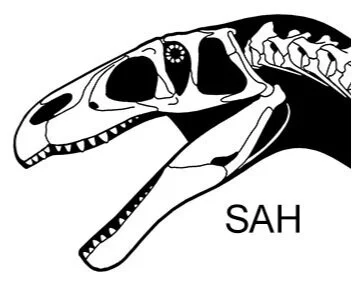


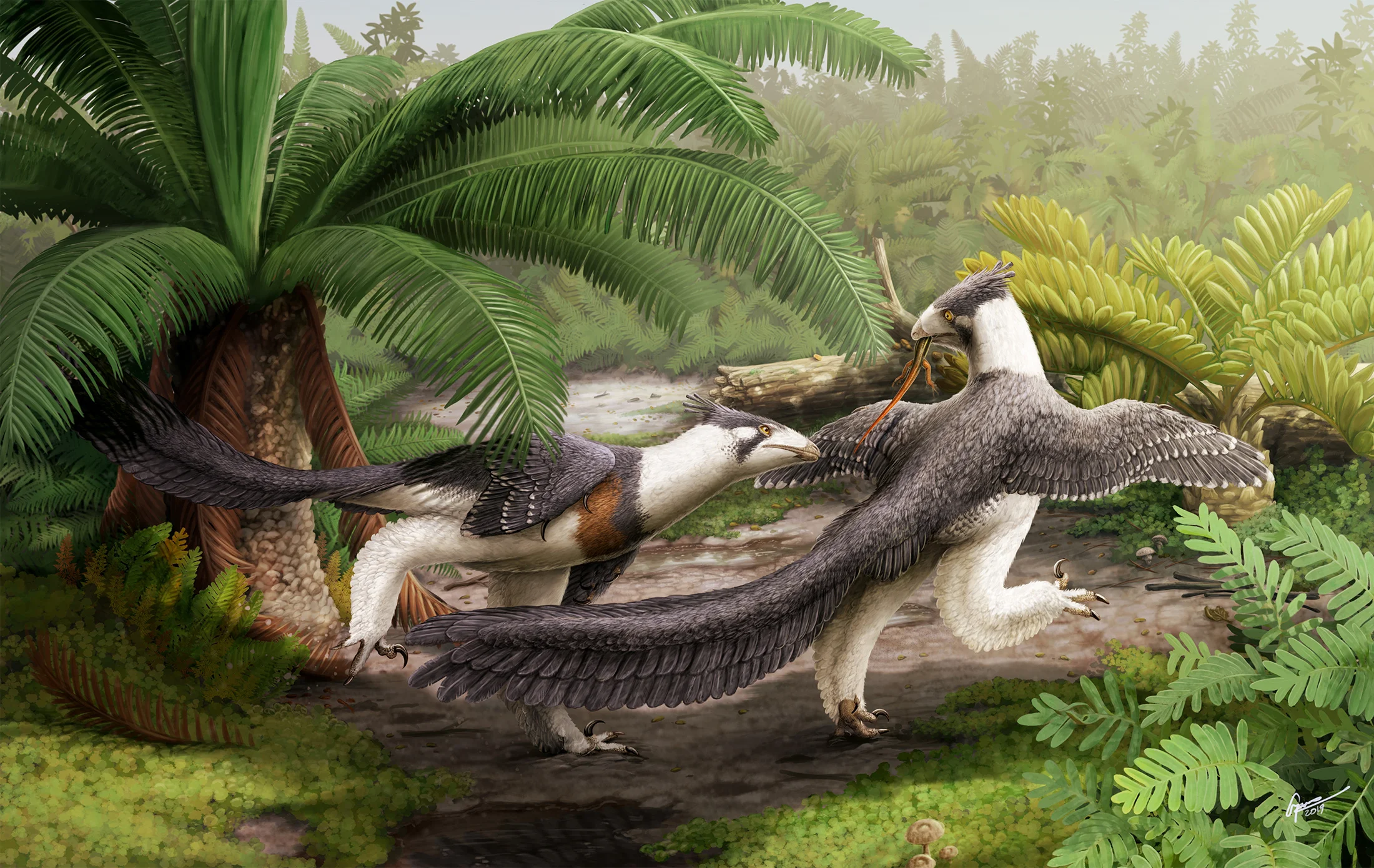



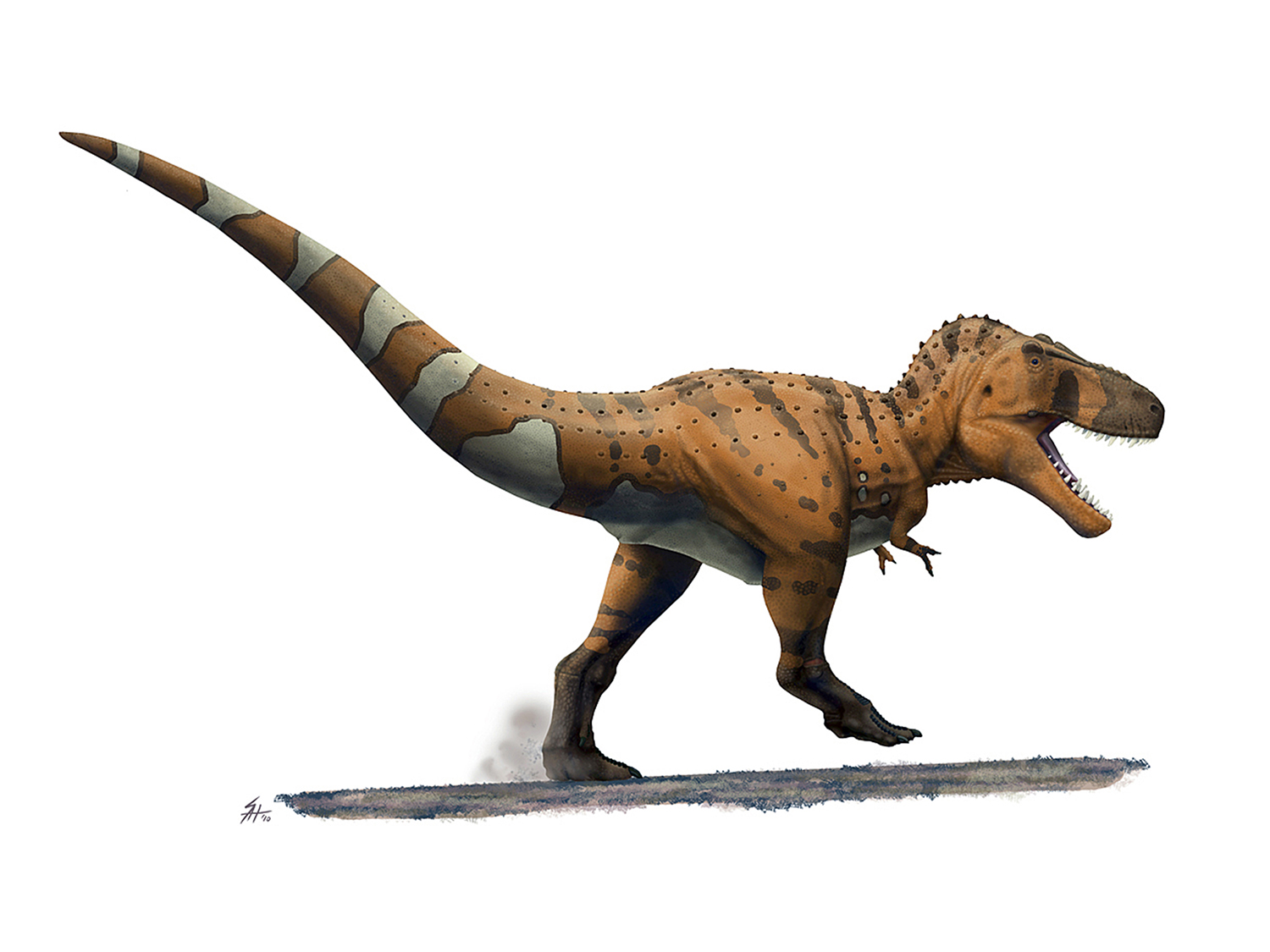

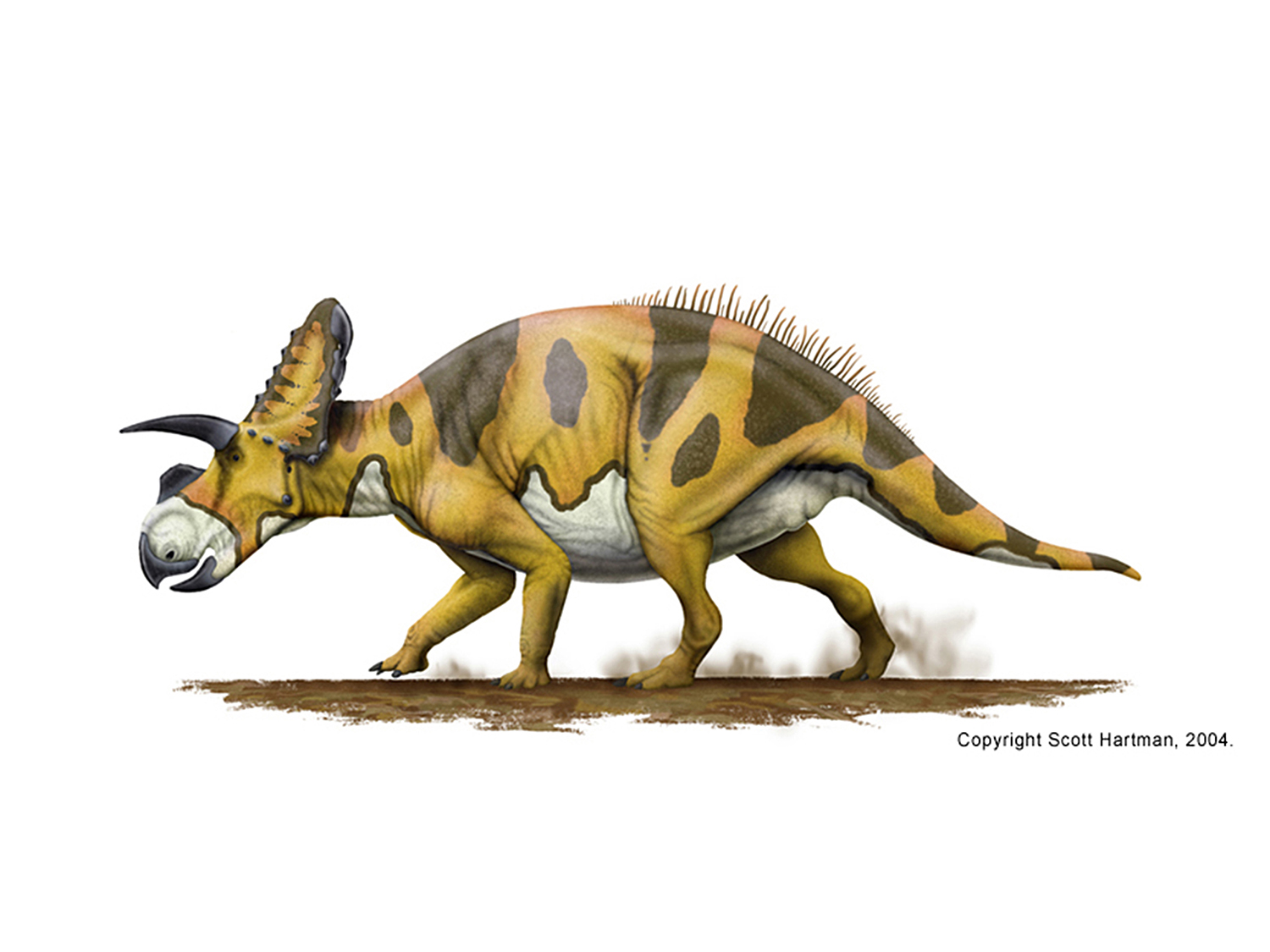
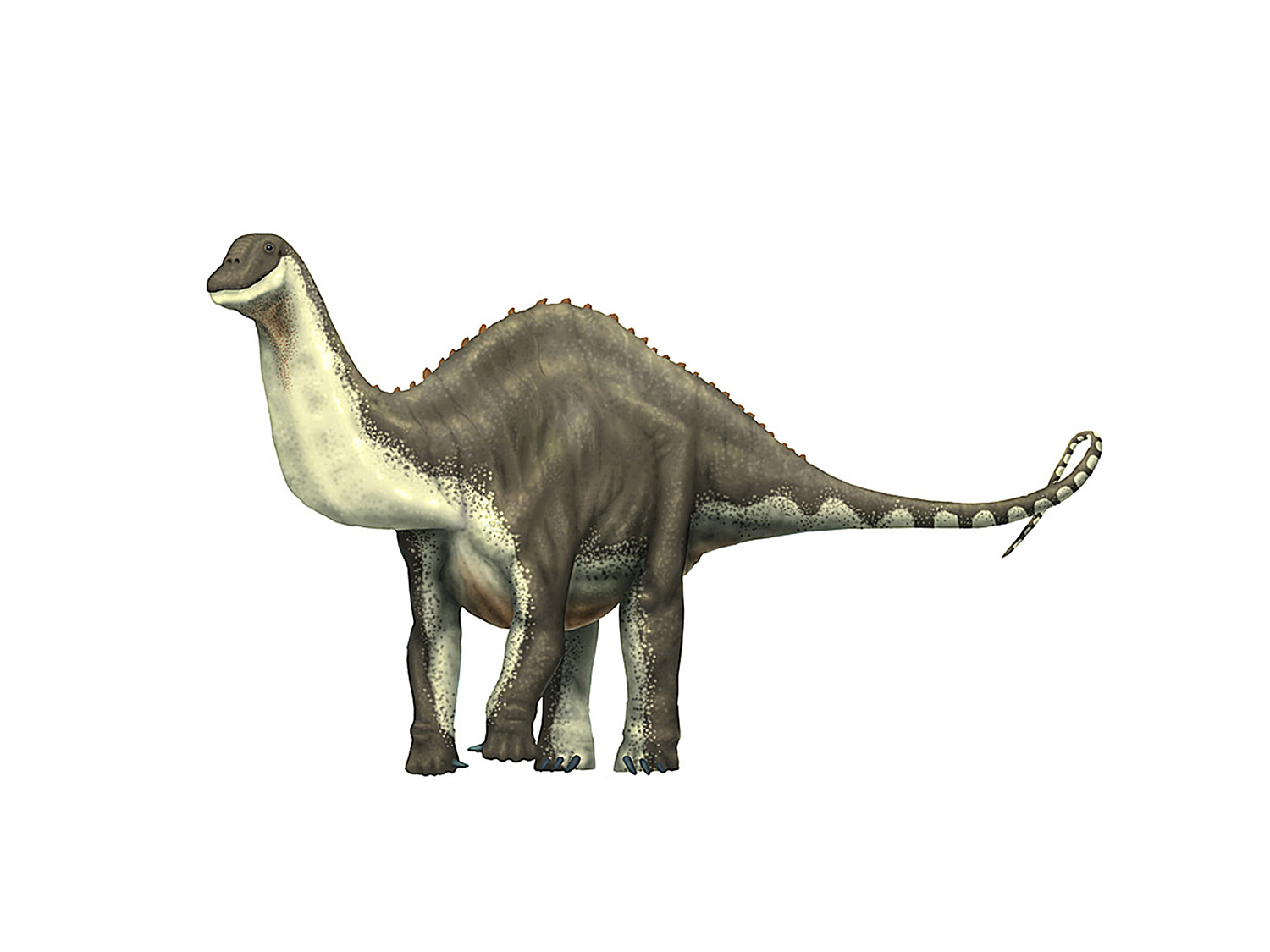
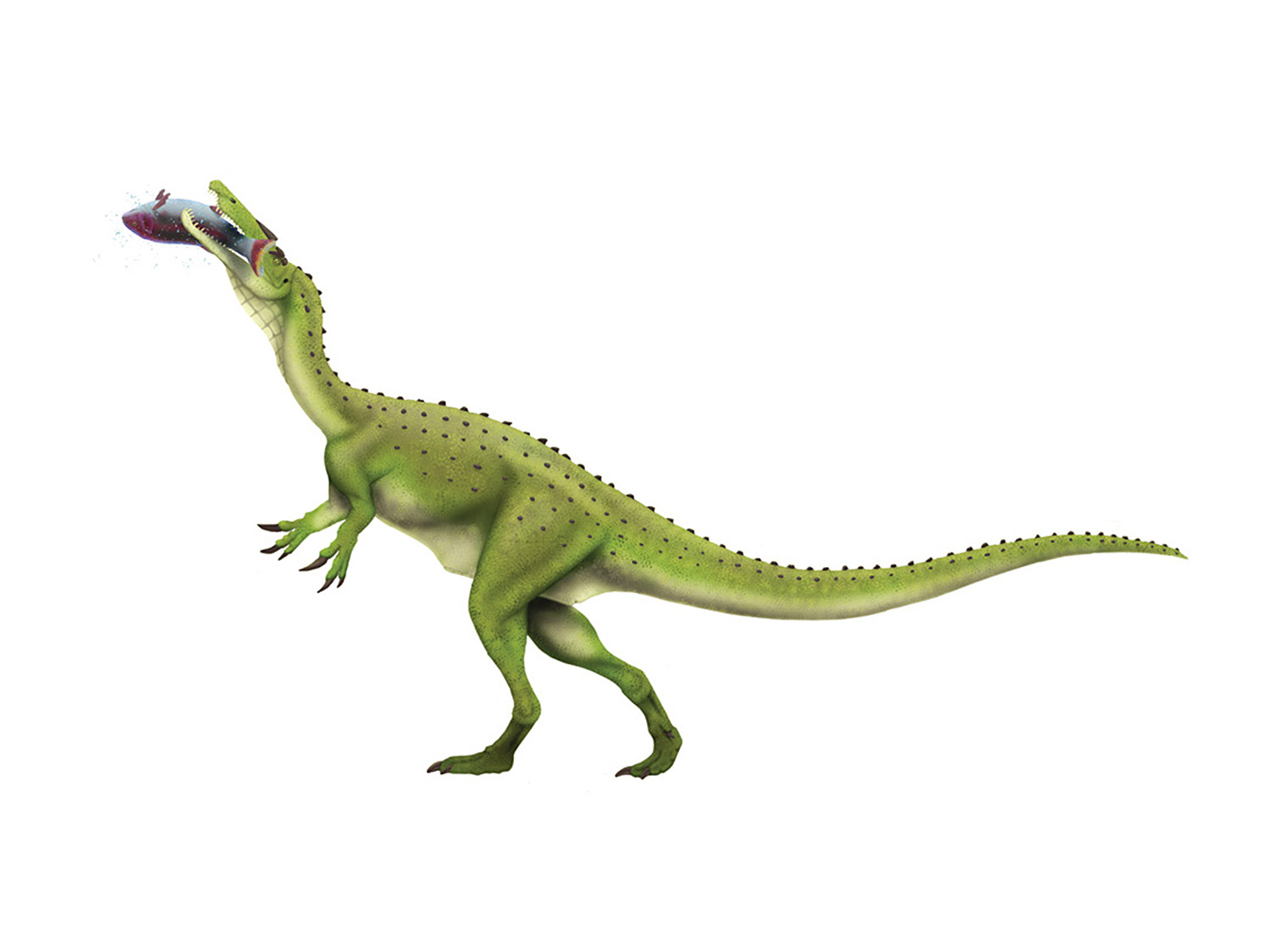
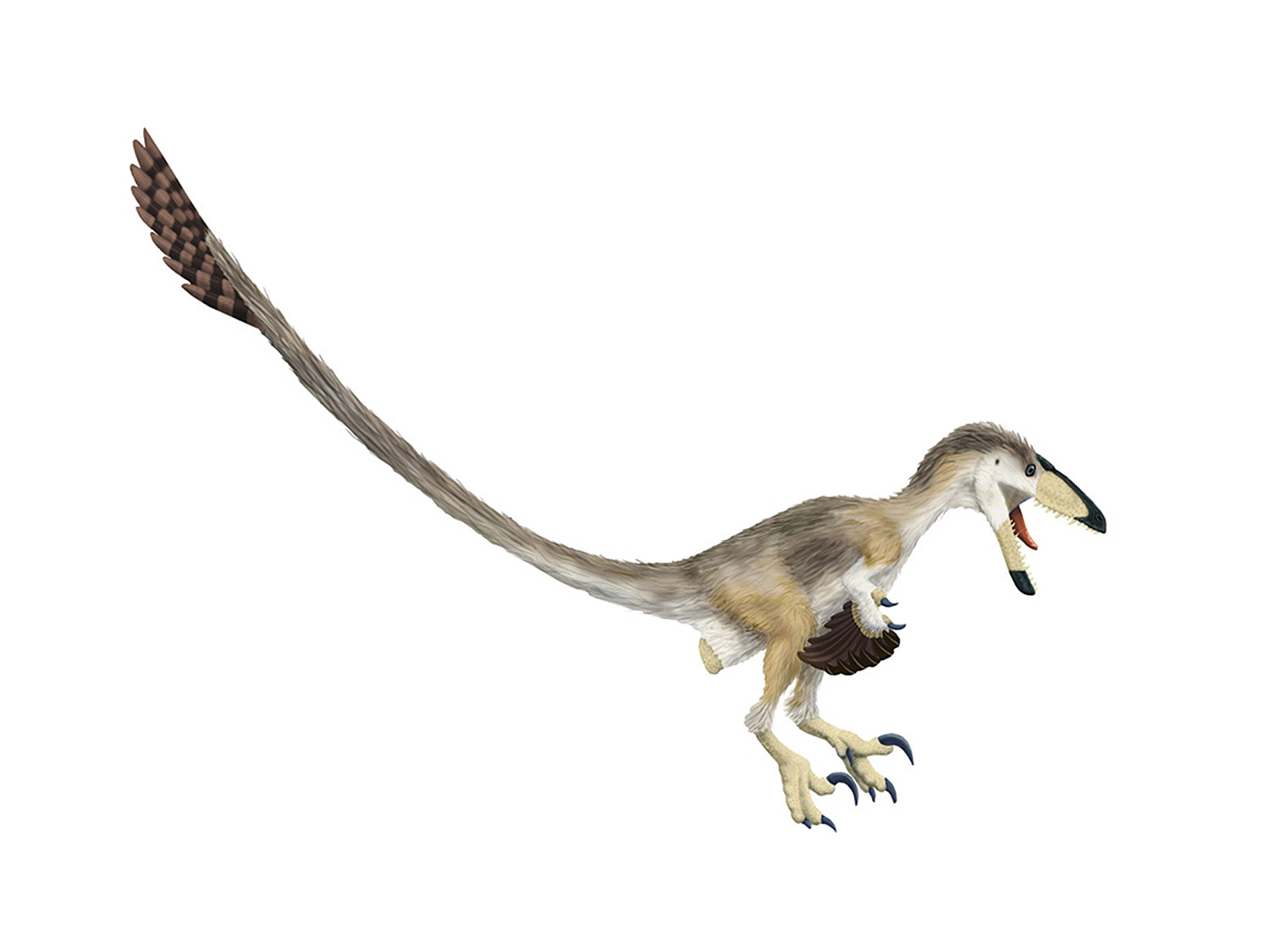
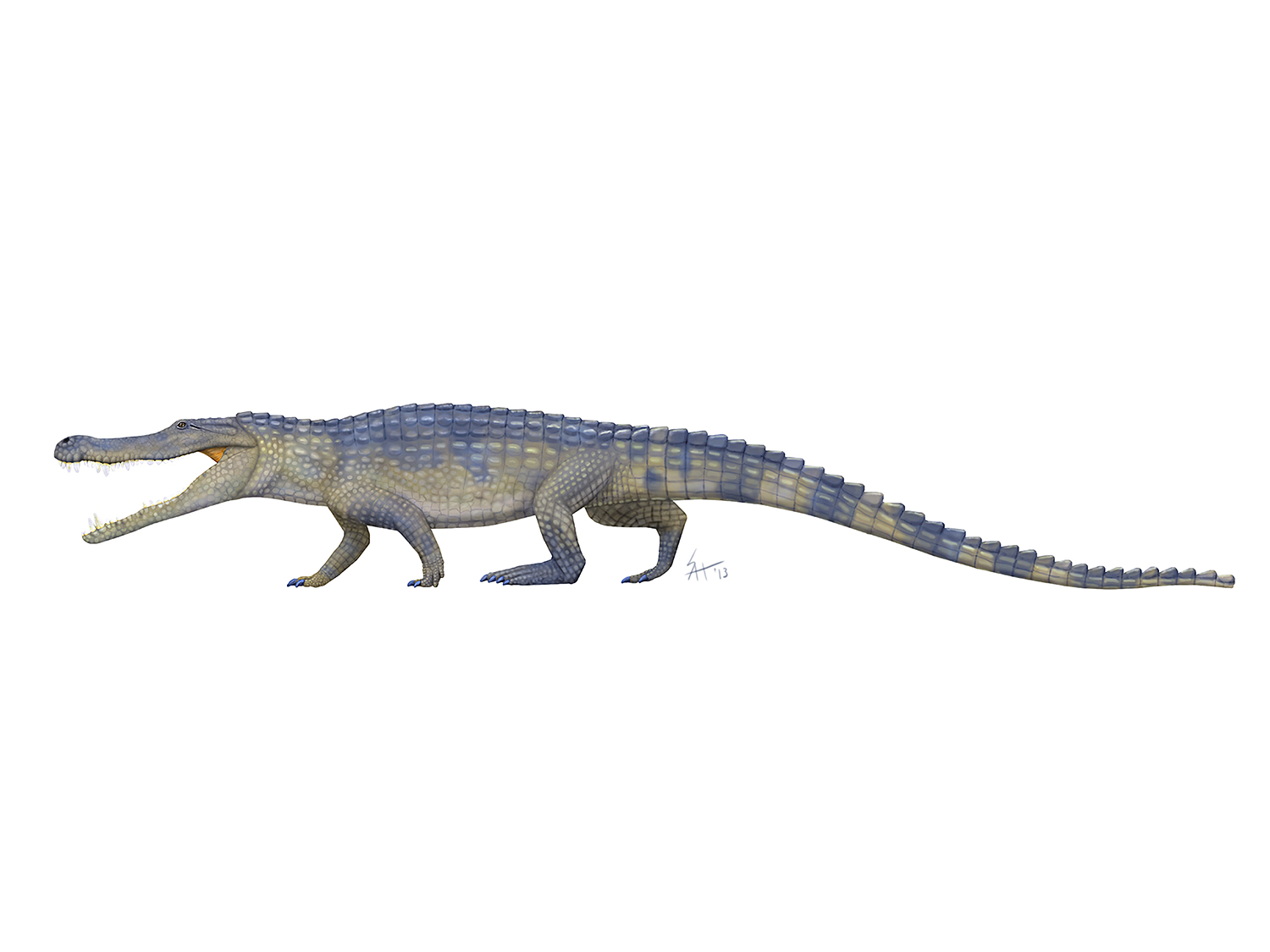
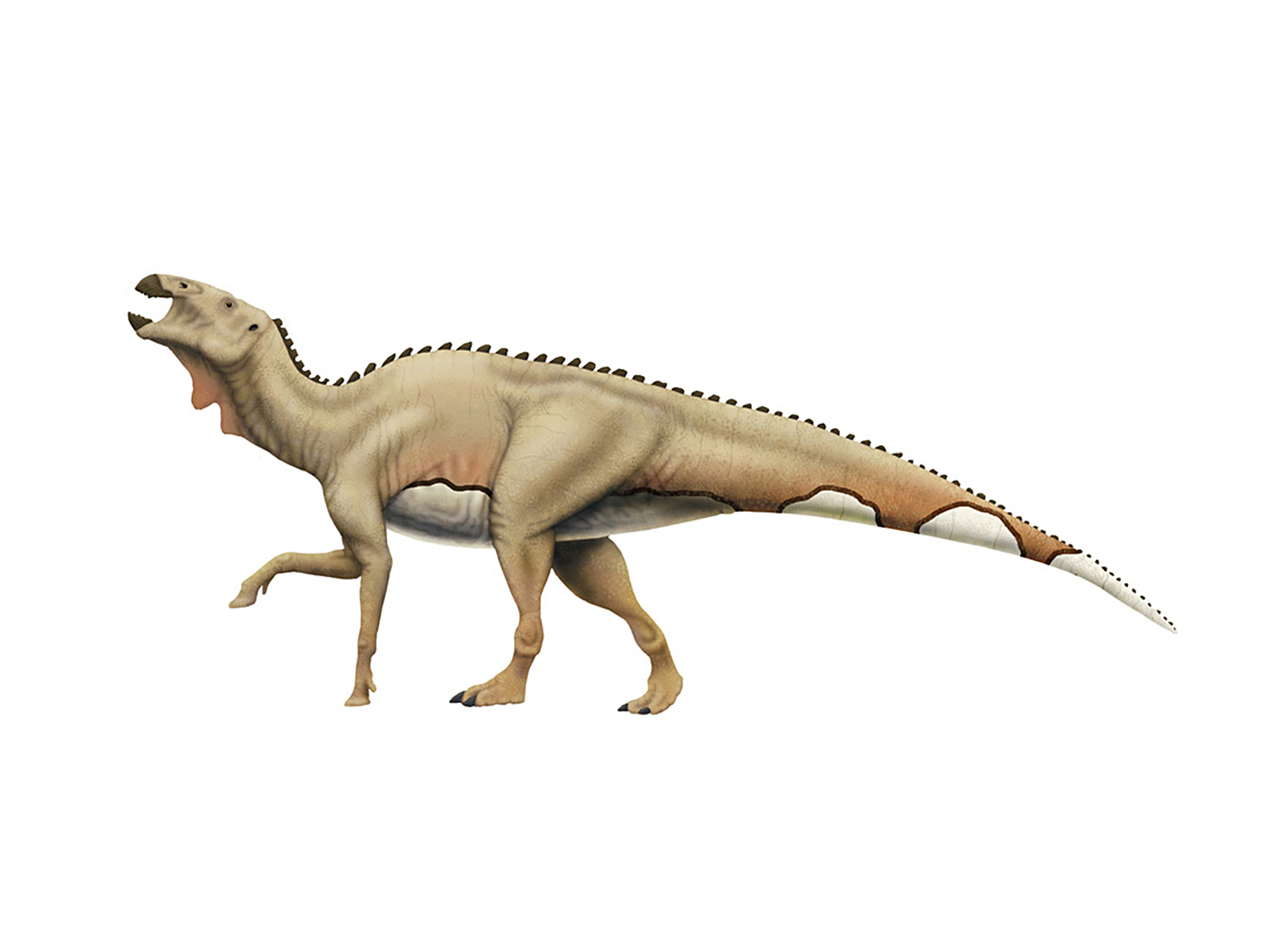
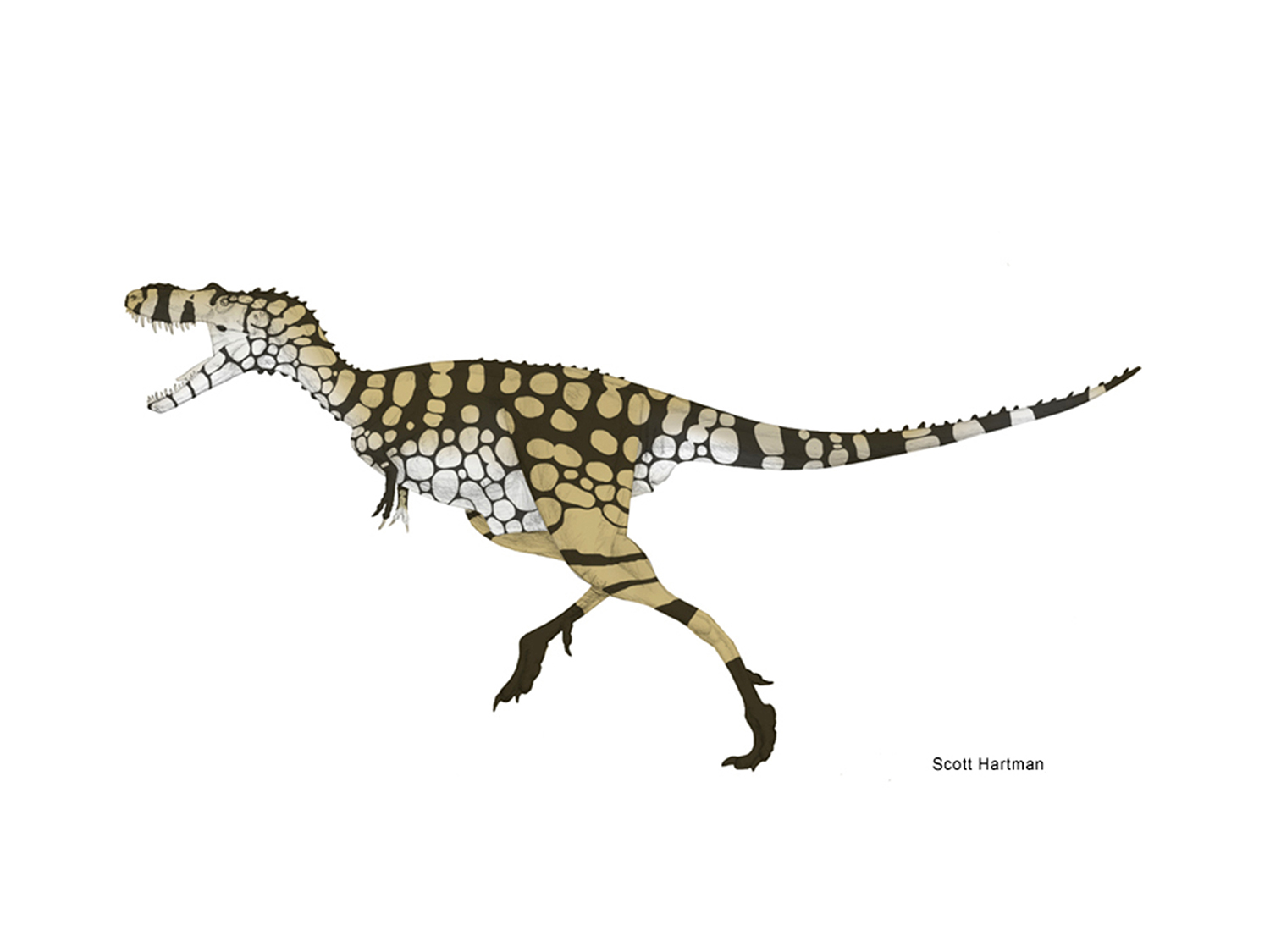
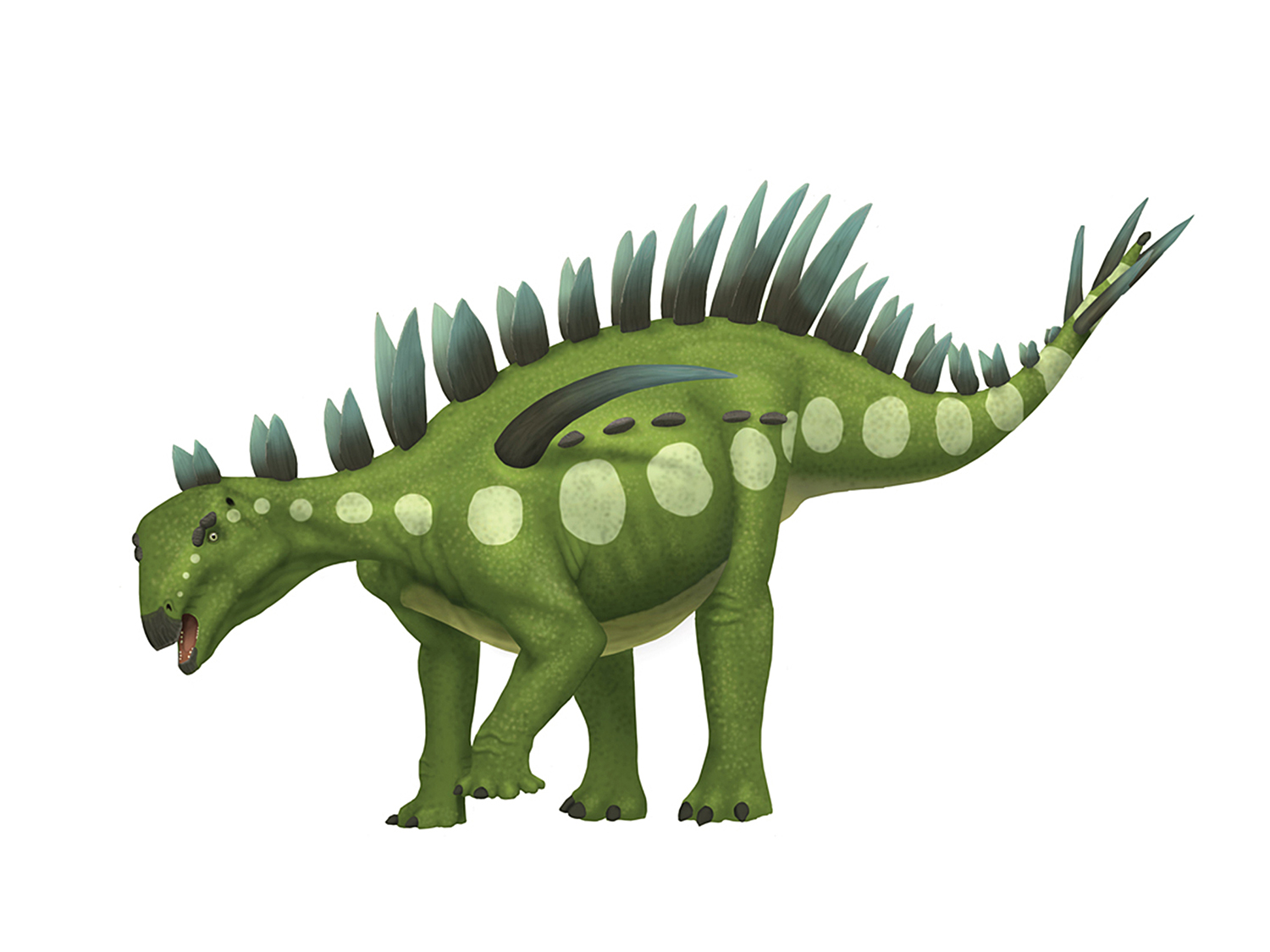
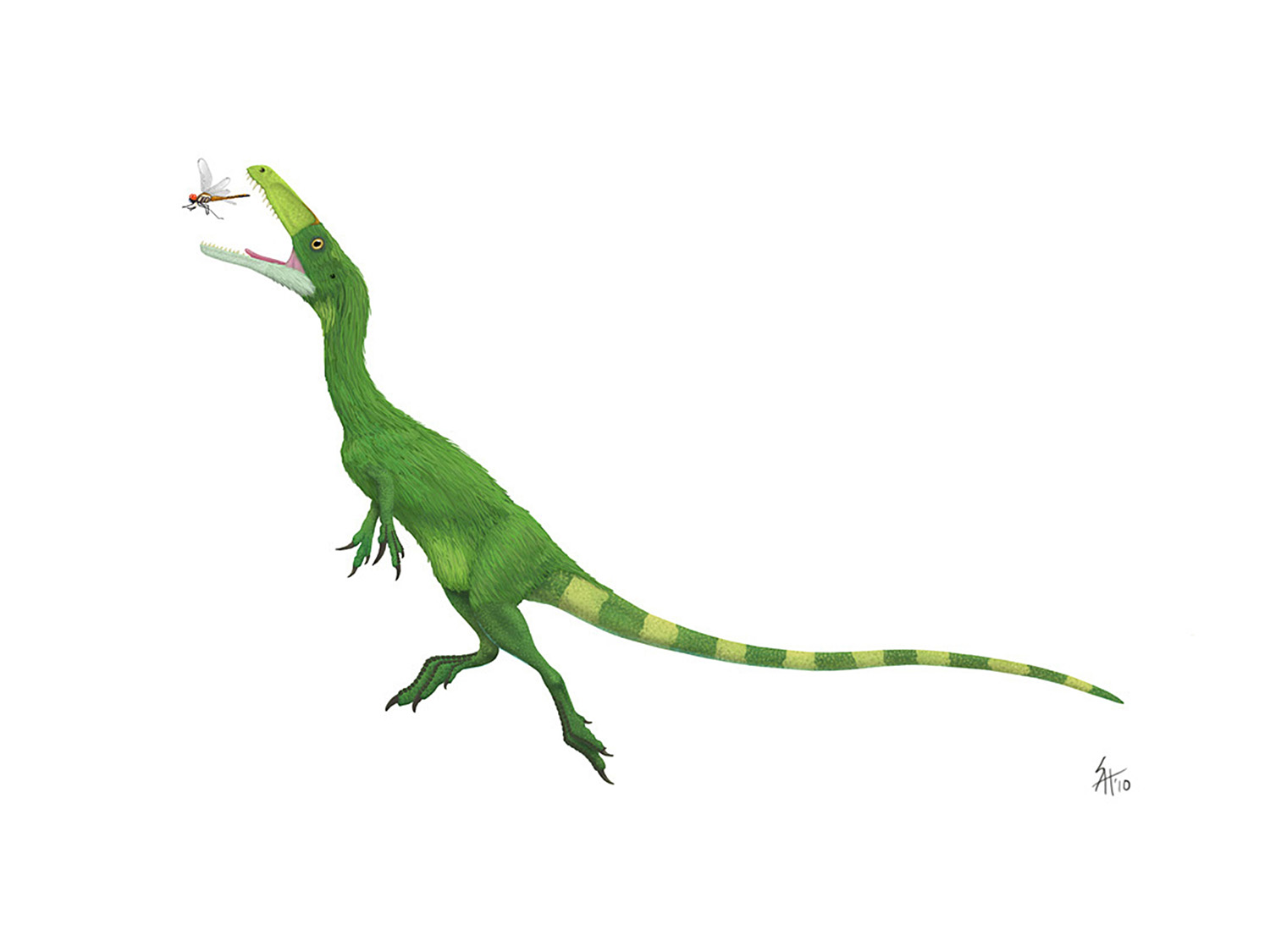
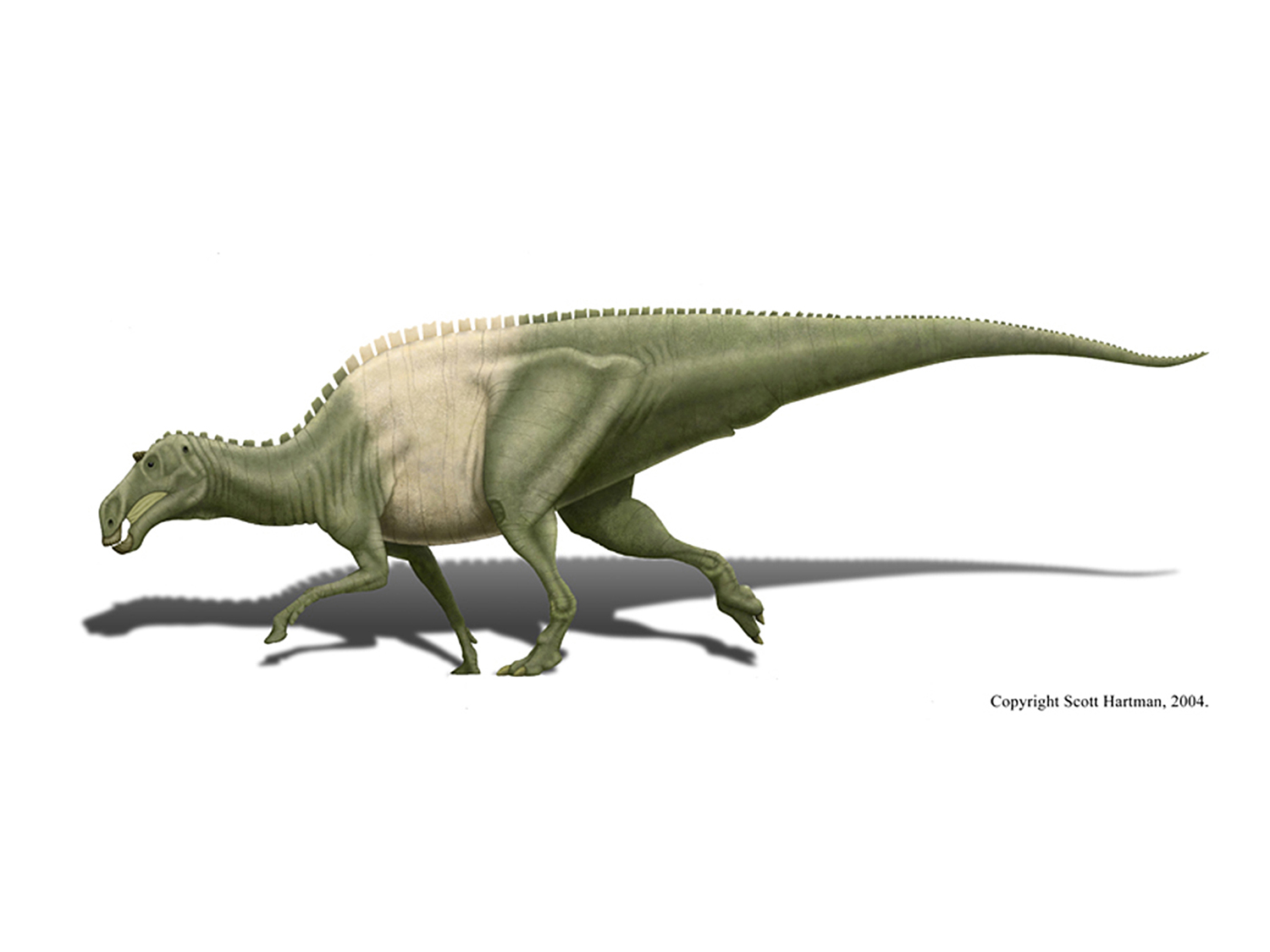

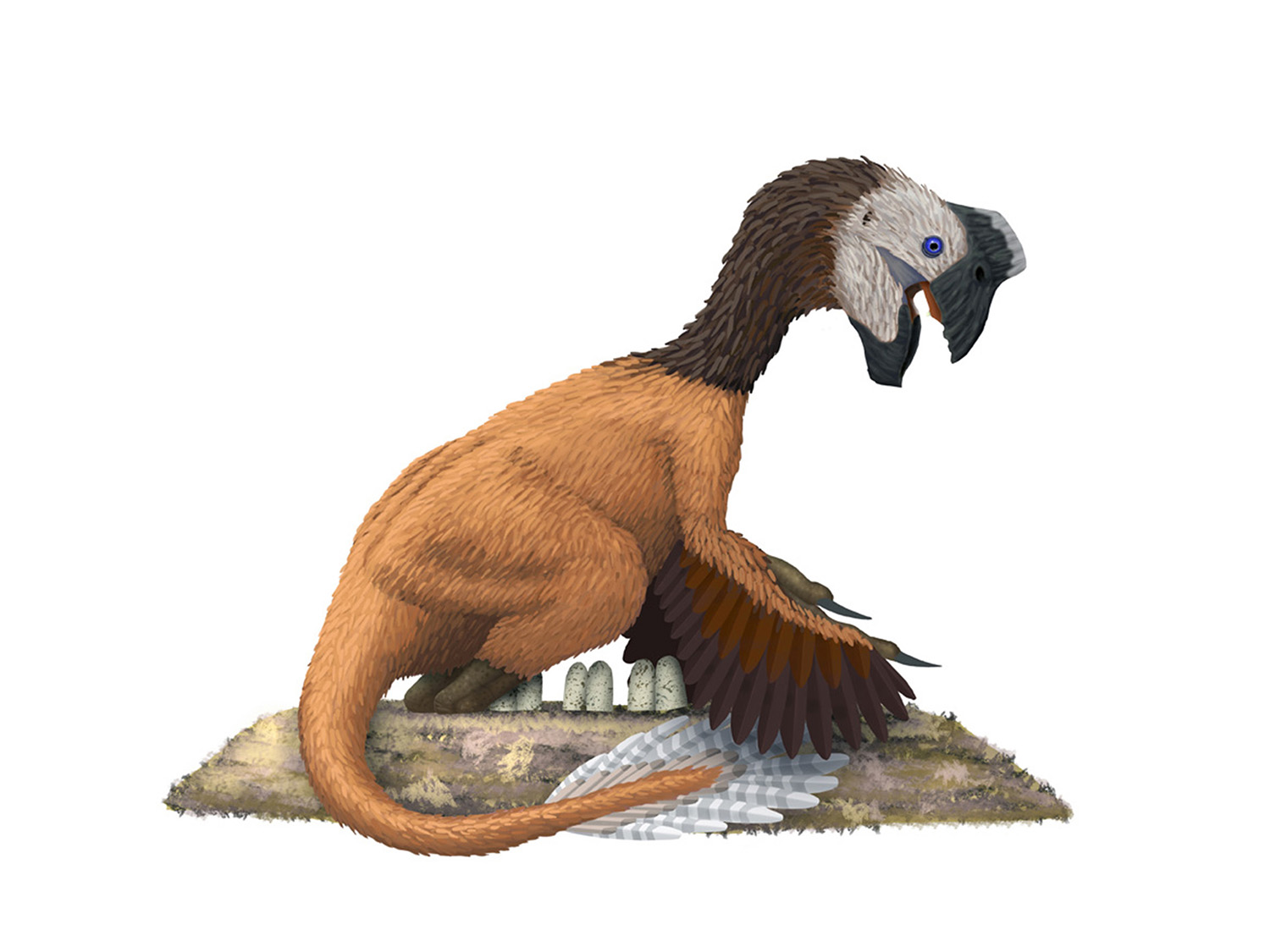
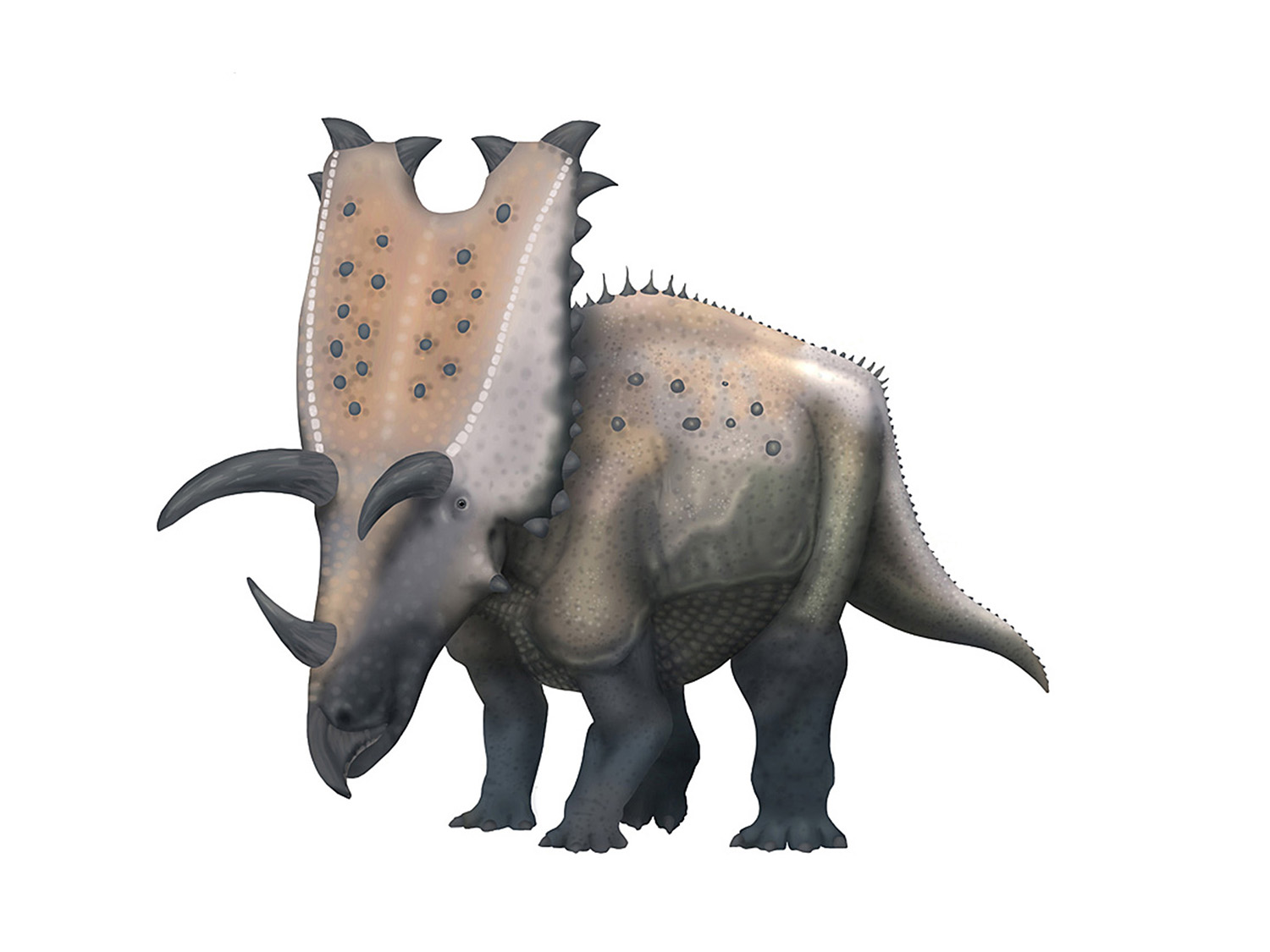
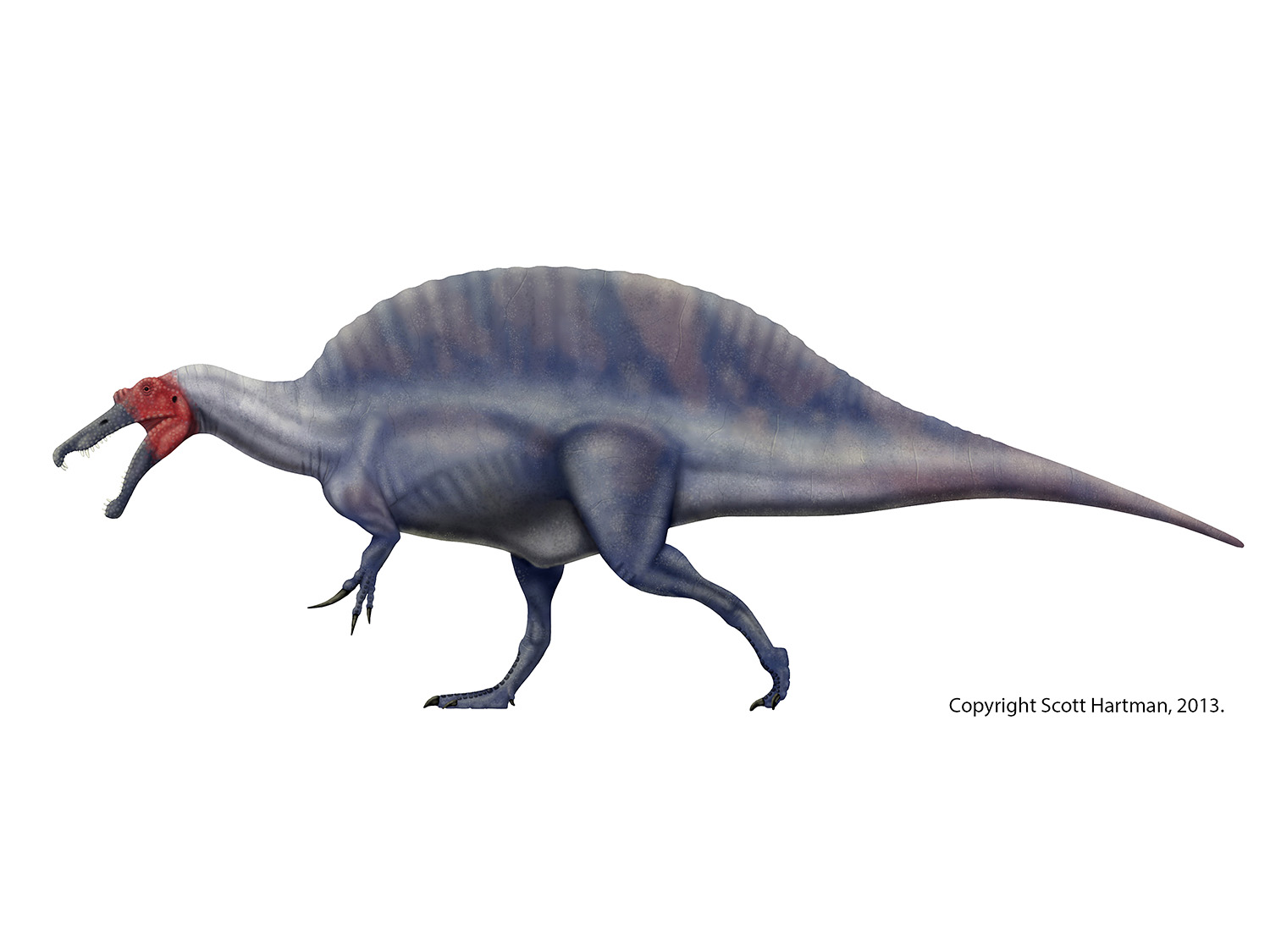
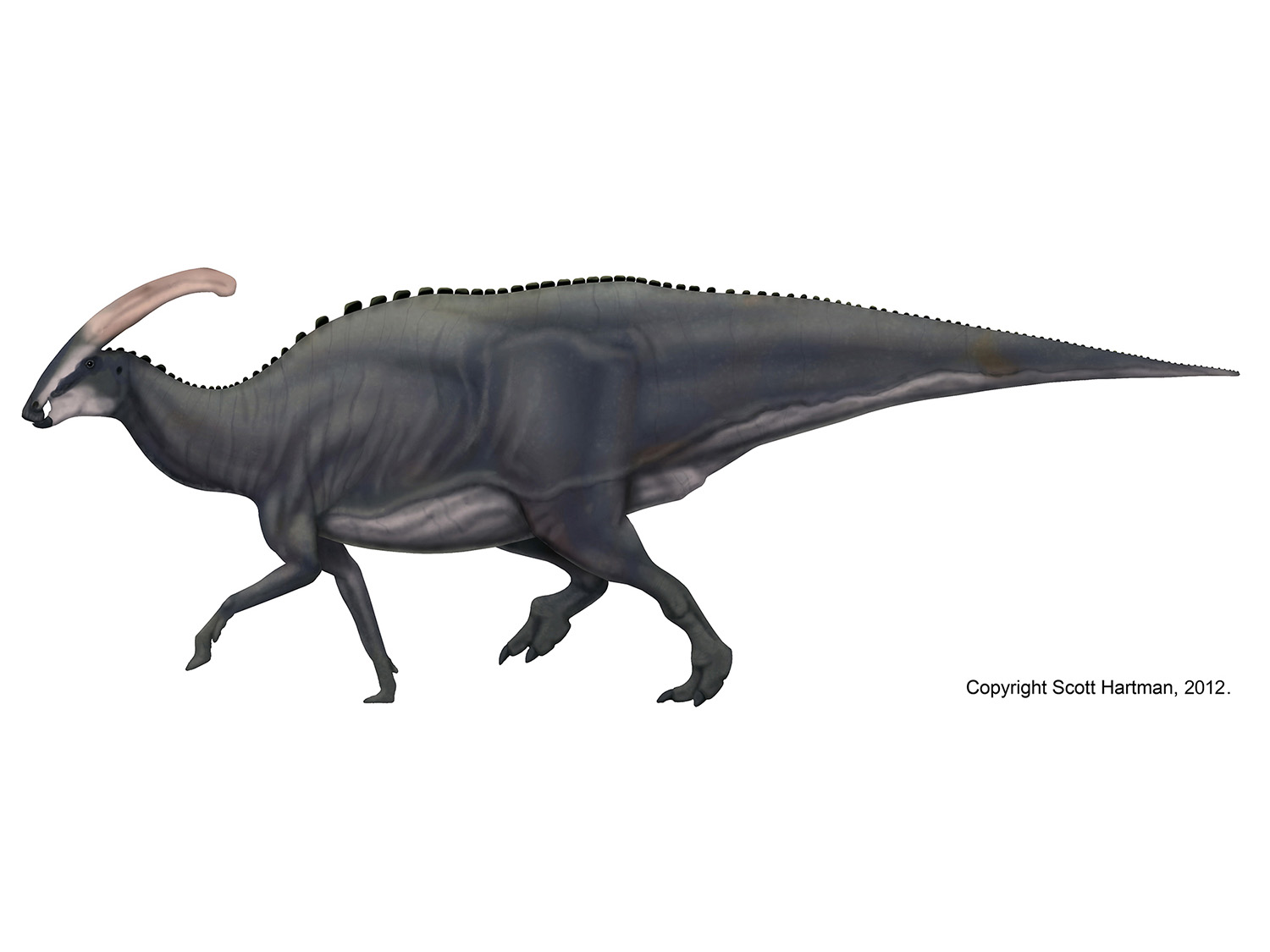
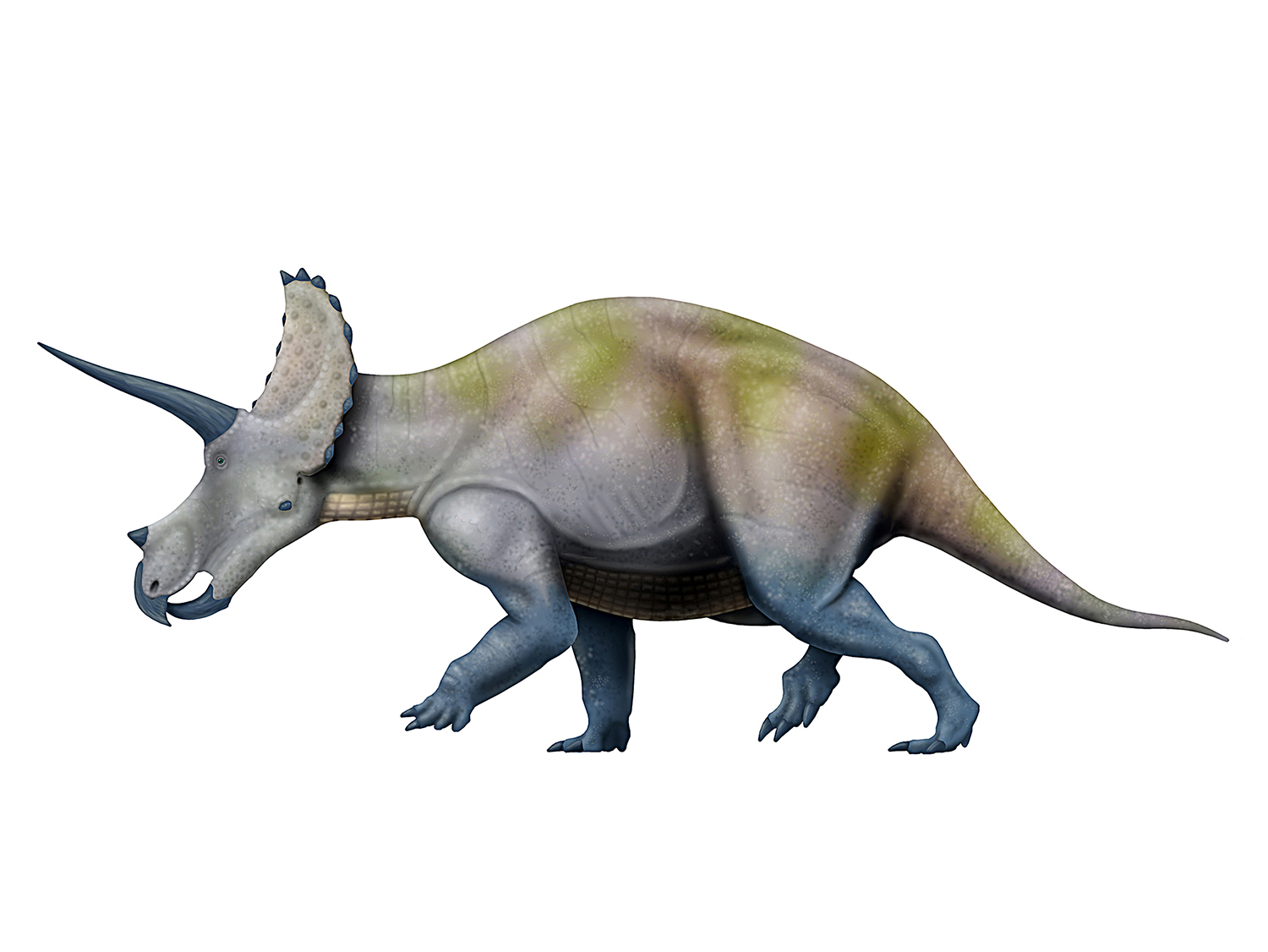

Without further ado, here is my updated Spinosaurus skeletal. It does not look much like the popularized Spinosaurus from Jurassic Park 3, nor does it much resemble my prior version from 2012. While I am not following the proportions of FSAC-KK 11888, the result of investigations by Ibrahim and coauthors, Evers and coauthors, Andrea Cau, and others have indeed changed the face of Spinosaurus…